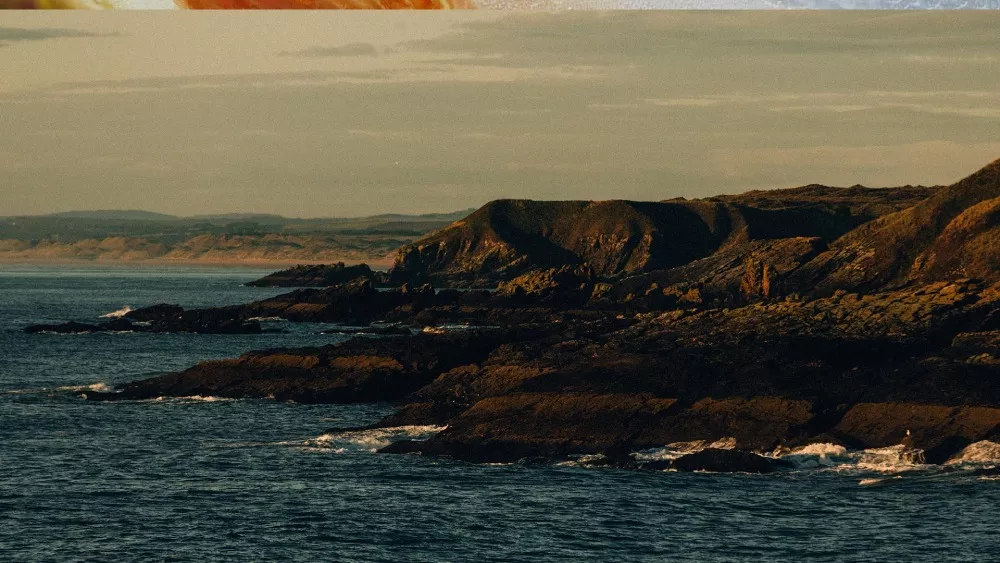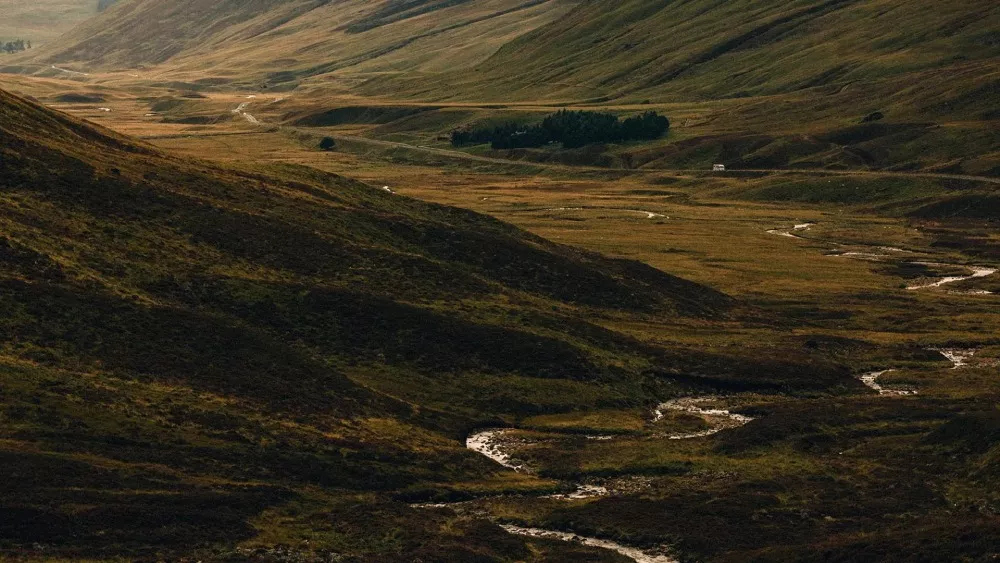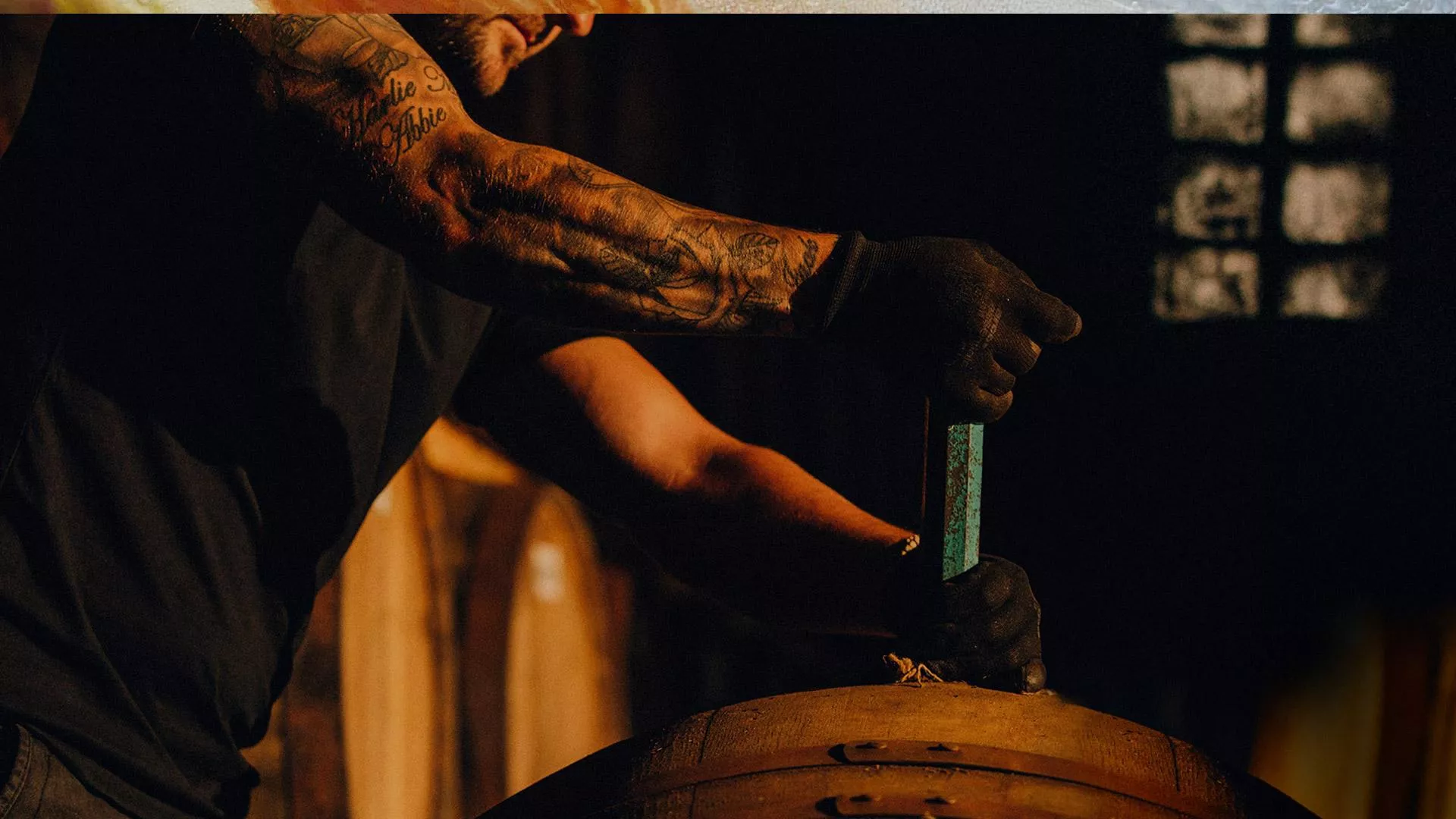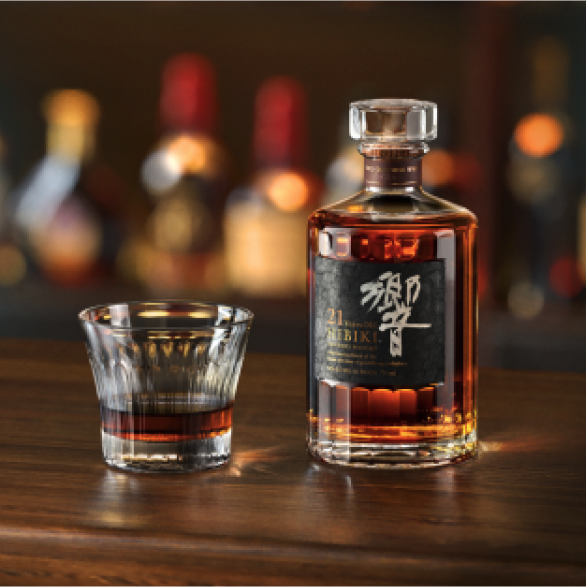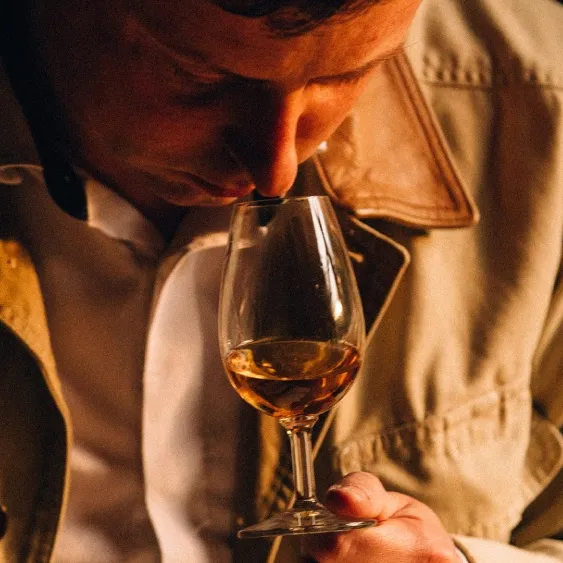


Ardray is committed to responsible drinking. You must be of legal purchase age to enter this website.
By visiting this website, you are agreeing with our Terms and Conditions, Privacy Policy, and Cookie Policy.
Hosting A Whisky Tasting: A Step-by-Step Guide
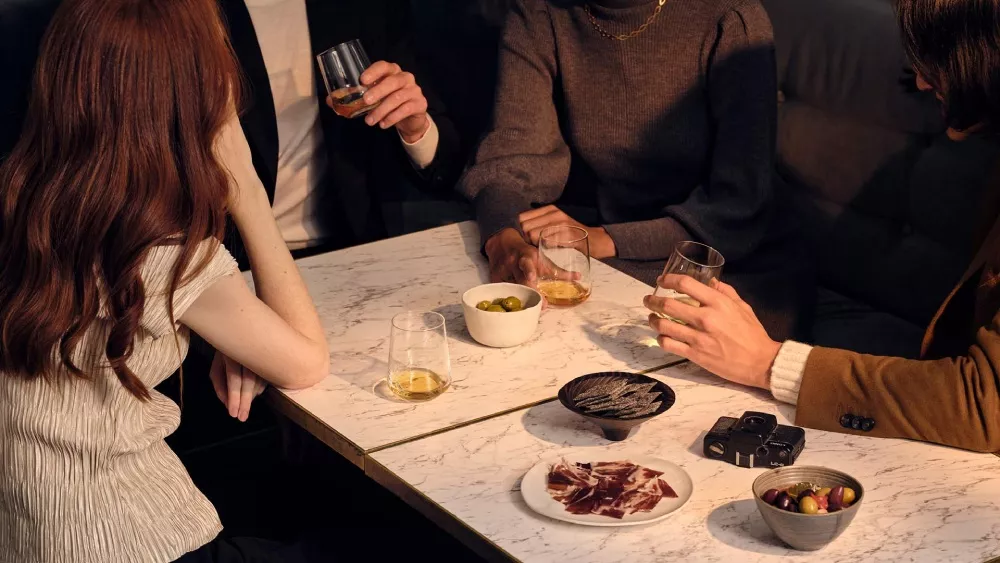
Authors: Neil Ridley & Joel Harrison, Caskstrength Creative.
HOSTING YOUR VERY OWN WHISKY TASTING EVENT CAN BE A FUN, EDUCATIONAL AND VERY ENTERTAINING EXPERIENCE - AND ONE, WHICH HIGHLIGHTS THE AMAZING DIFFERENCES BETWEEN THE DIFFERENT TYPES OF WHISKY ON THE MARKET.
Whisky, particularly Scotch whisky, has one of the most diverse and incredibly broad flavour profiles. From sweet, honeyed Speyside single malts, rich, smoky Islay single malts, to beautifully balanced, blended Scotch whiskies, there’s so much to discover, alongside the number of different ways to drink and enjoy Scotch whisky.
Hosting a whisky tasting - in person or virtually online, can be a great way to engage the opinions of friends and colleagues and discover a range of new tasting notes for each whisky. Most Scotch whiskies, either single malts or blends tend to have some headline, ‘signature’ flavours and aromas which are relatively easy to identify, but given a little time, along with a few hints and tips, you too can get under the surface of each whisky and broaden your understanding of the Scotch whisky experience.

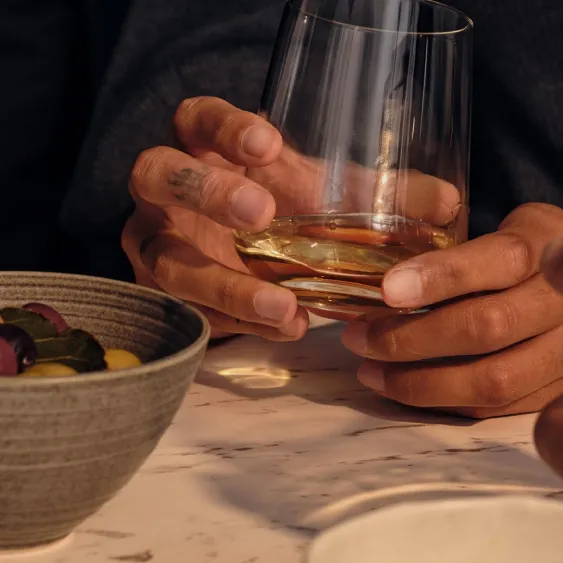
Laying The Ground Rules:
Firstly, there are no right or wrong opinions in whisky tasting. Everyone has a differing set of taste buds and imagination, so the key is for all attendees to have enough time to explore each whisky to its fullest. Plan ahead and lay out everything which you need in advance. Make sure everyone has a pen and paper for recording tasting notes, no matter how basic, as these can be shared at the end of the whisky tasting experience. Usually, an hour to an hour and thirty minutes should be enough time to enjoy a range of whiskies: realistically no more than five different expressions.
Picking Your Whiskies:
Whisky tasting events tend to work better when there is a theme to bring each whisky together.One of the most popular is to explore the five major whisky-making regions of Scotland, using a whisky from each one: Speyside, The Highlands, The Lowlands, Campbeltown and Islands (which could include one from, for example, Orkney, Islay, Mull or Skye.) Each region is historically known for producing different styles of whisky with different flavour profiles, so this is a good place to start.
Another great theme would be to explore the different types of Scotch whisky: single malt, blended Scotch whisky, such as ARDRAY, blended malt and single grain Scotch whisky. Each style, though interlinked, has a remarkably different character to the next. As your tasting events advance, you could explore other whiskies from around the world to compare and contrast, such as Scotch, American and Japanese.
Glassware:
Choosing the type of glass which will best show off your whiskies is essential. It is also important to have enough for everyone, so you can continually refer back to each whisky throughout the tasting, as the aromas and flavours adapt and change over time in the glass. Seek out some slender nosing glasses, which are tulip shaped, concentrating the aromas and heightening the experience.A good, readily available example is the Glencairn glass, specifically designed for tasting single malt Scotch whisky or blended Scotch. Also make sure you have a small jug of water (Scottish still mineral water works best,) and a small spoon or pipette to add a few drops where necessary.
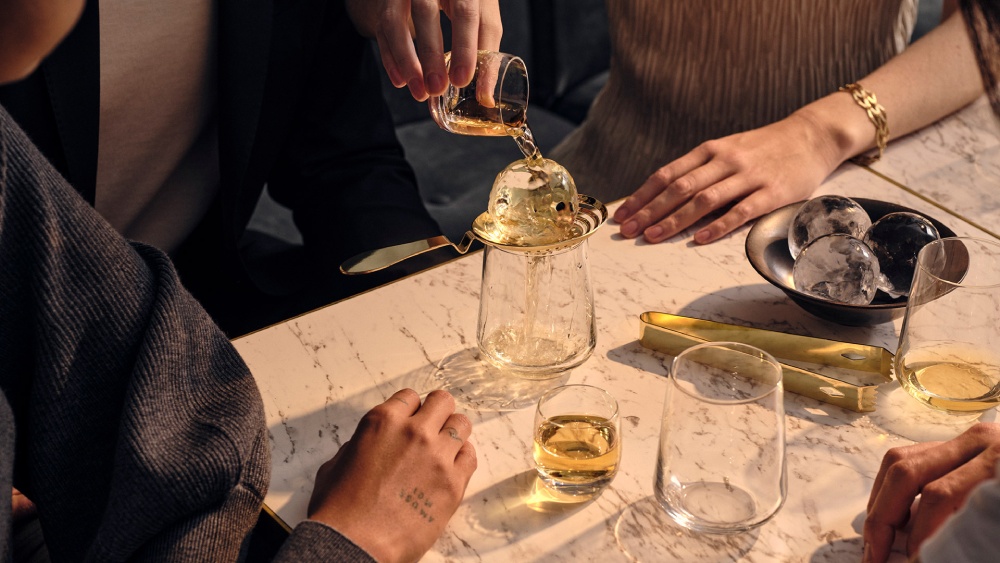
Prepare An Information Sheet:
It’s very useful to have an information sheet, or tasting mat to place your numbered whiskies on. Here you can record the basic information, such as the whisky’s age, its alcohol strength (ABV) and also region or style (for instance the cask type, if this is known.) Having each whisky numbered will also help to stop them from getting mixed up during the tasting.
Nosing, Sipping and Writing Whisky Tasting Notes:
Pour the same amount (usually one measure) into each glass. Approach each whisky individually, taking a first short sniff of each one to set the scene. What are your first impressions? Do they all smell different, or are there similar aromas emerging from the glasses? Next, spend ten minutes analysing each one in order: try to start with the whisky which has the lightest, most delicate aroma and flavour profile, finishing with the most robust, (sometimes a smoky one.)
Take another deeper sniff: nosing at the top of the rim of the glass (12 O’Clock) and then the bottom (6 O’Clock.) You should find a slightly different aroma in both positions! Then take a small sip: hold the whisky in the mouth and coat the tongue, before swallowing. Write down your first impressions.
The Nose:
The Palate:
The Finish - lengthy or short, based on the amount of time the flavours linger in the mouth once swallowed.
Overall Style and Impression - is it deep and rich, or light and citrusy?
Try adding a few drops of water and swirl the glass. Watch how the oils in the whisky start to release their layers of complexity. What sort of aromas and flavours are emerging? If you can detect citrus fruit, which sort? Fresh orange, lemon etc? Or orchard fruit: green apple, fresh plum, peach? If it’s a peated whisky, which sort of smoke can you find? Dry, like a bonfire, or something more medicinal? Always return to each glass on your tasting mat afterwards, as it will give you some real context to the tasting notes you are writing. Discuss your findings: what did everyone else think? Go through everyone’s individual notes, as this will help you to hone your own descriptive skills.
Keep A Log Of Everything You Taste:
Transfer your notes to a tasting book and keep a record of the date of the tasting and who was in attendance. It’s amazing to refer back to whiskies you tried from several years ago to see if your opinion has changed or not!
Authors: Neil Ridley & Joel Harrison, Caskstrength Creative.
